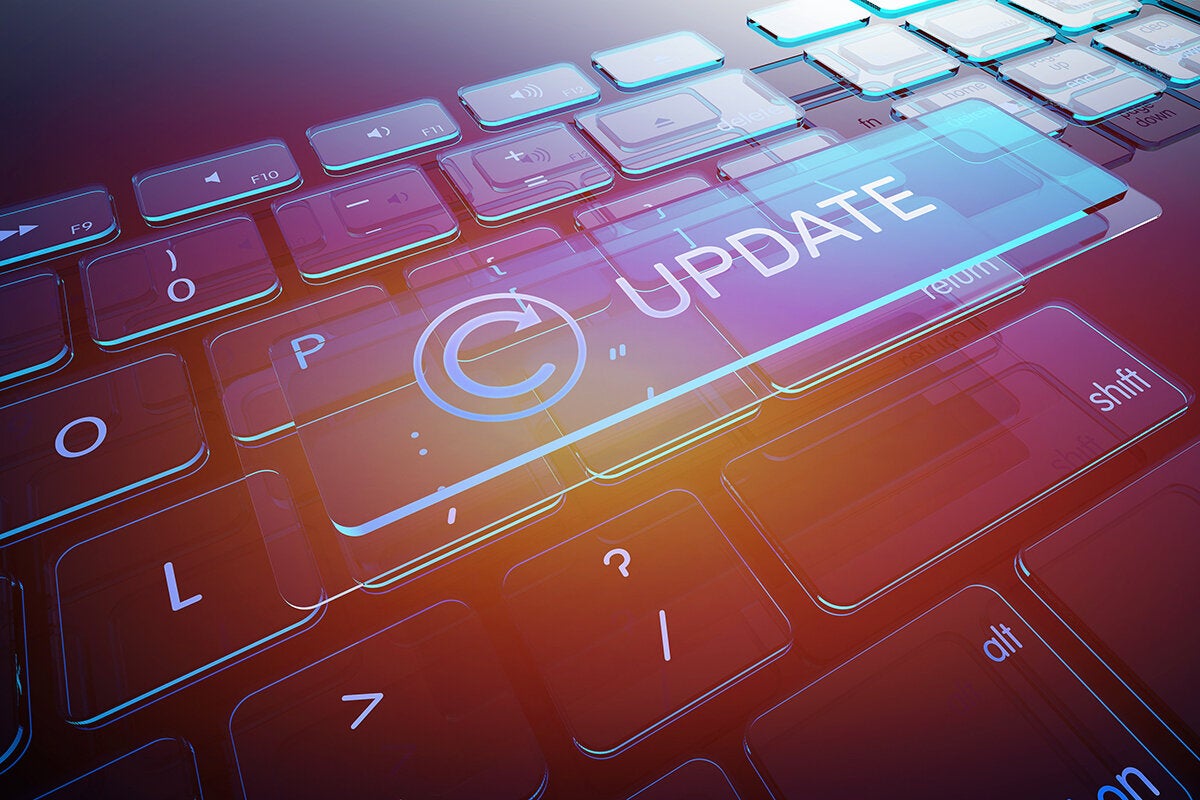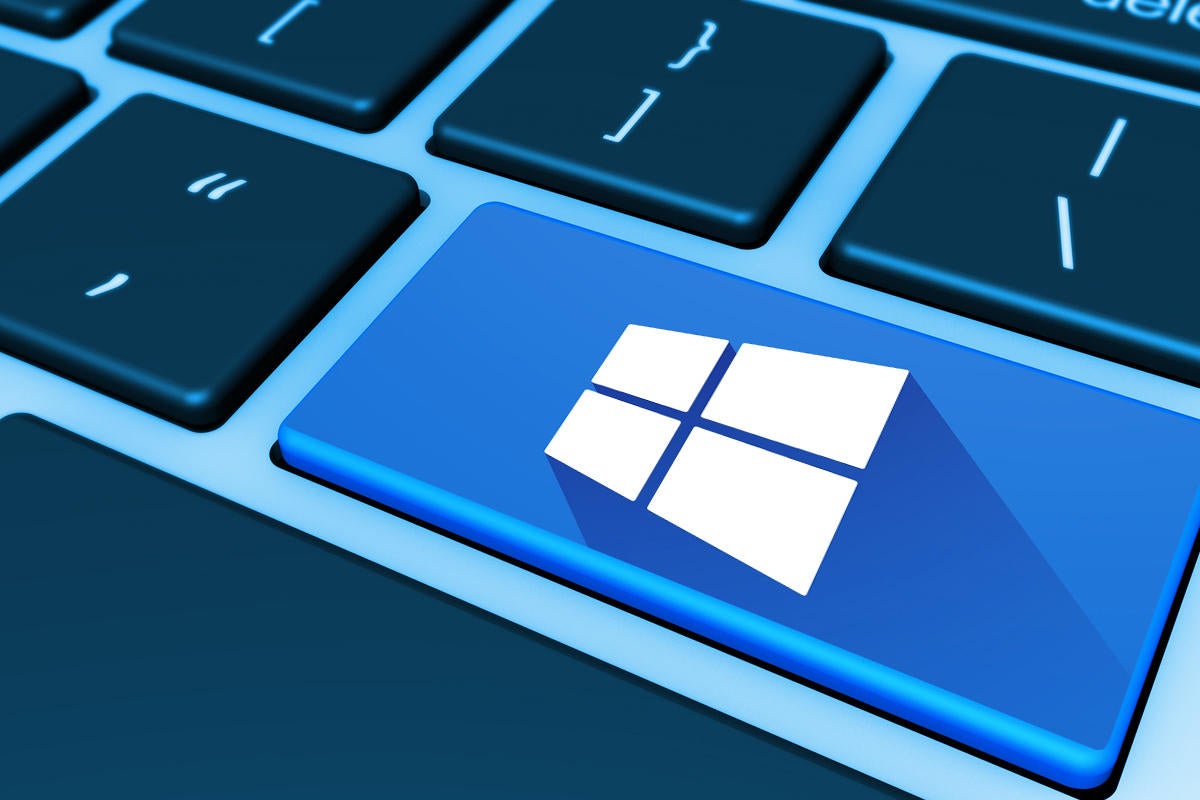Stay Alert – Malware Authors Deploy ELF as Windows Loaders to Exploit WSL feature
Credit to Author: Rutuja Mane| Date: Tue, 02 Nov 2021 11:01:48 +0000
 What is WSL? The Windows Subsystem for Linux (WSL) is a resource inside the Windows operating system that…
What is WSL? The Windows Subsystem for Linux (WSL) is a resource inside the Windows operating system that…
The post Stay Alert – Malware Authors Deploy ELF as Windows Loaders to Exploit WSL feature appeared first on Quick Heal Blog | Latest computer security news, tips, and advice.
Read more Microsoft has released an all-new Windows 11 Operating System (OS). This article highlights the new features in Windows…
Microsoft has released an all-new Windows 11 Operating System (OS). This article highlights the new features in Windows…





